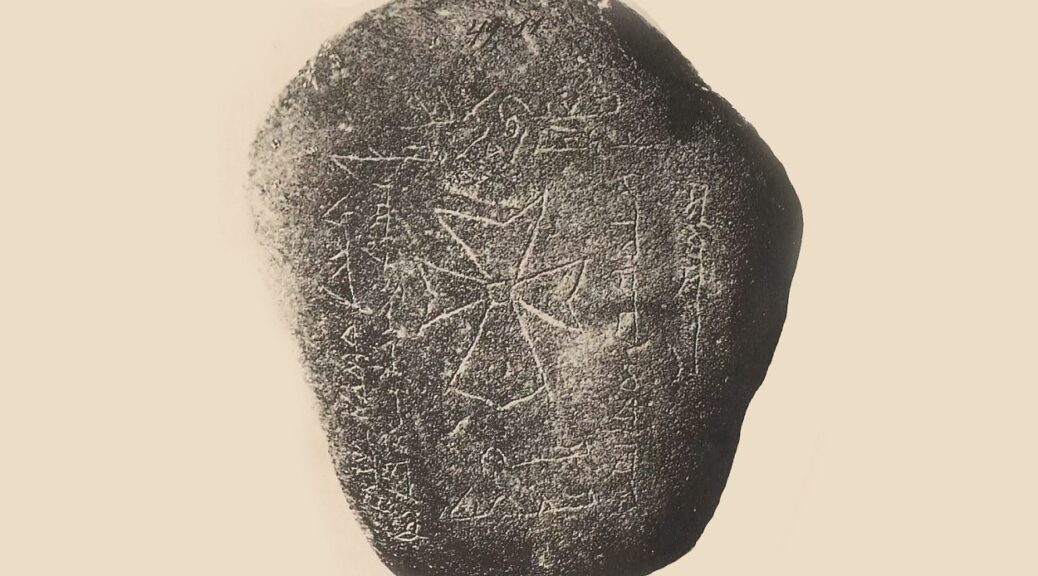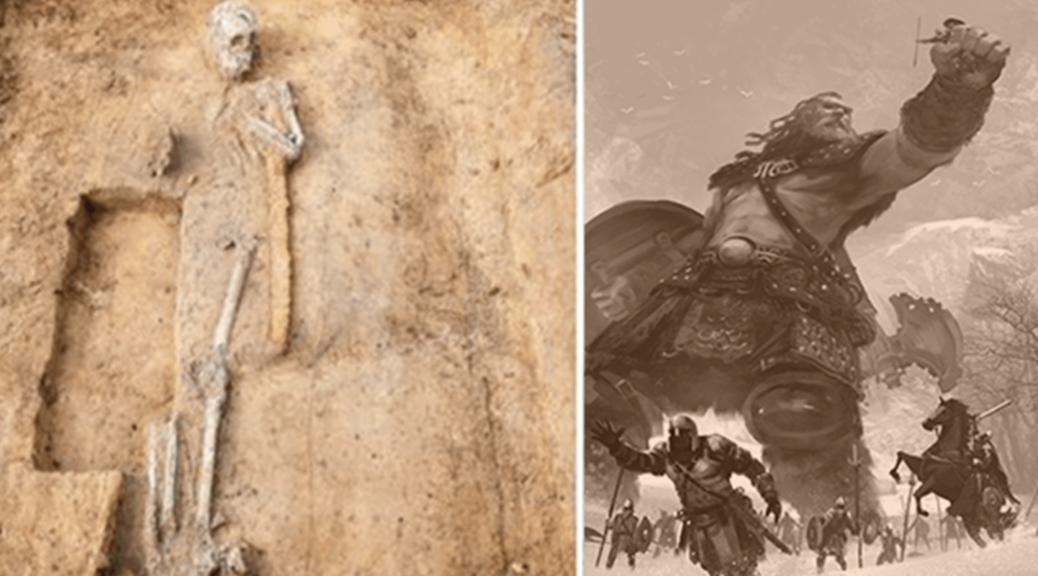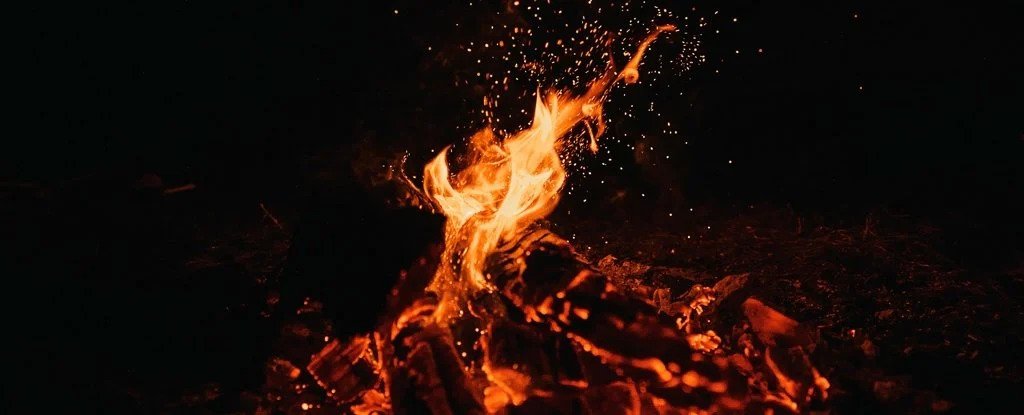44,000-Year-Old Cave Painting Could Be the Earliest Known Depiction of Hunting
A 44,000-year-old cave painting of a hunting scene that involves humans and animals might be the oldest recorded story. It was discovered, by a group of archaeologists from Griffith University, Australia, in a cave on the Indonesian island Sulawesi.
Researchers think this mural might be the oldest rock art ever painted — the first sign of the ability of human being’s to paint, but also the earliest proof of our relationship with the spiritual or supernatural.
The painting in the cave depicts a scene where a group of part-human, part animal-like figures are hunting large animals that look a lot like pigs found in Sulawesi, along with a species of small-bodied buffalo called the ‘anoa’. Human beings with heads of animals seem to be carrying spears or ropes to help in their hunt.

Half-animal, half-human figures
The “human” figures in rock art, dubbed “therianthropes” are human figures with animal characteristics. These types of figures have shown up in cultures all around the world — from 17,000-year-old paintings of bird-headed human beings being charged by a bison in France’s Lascaux caves to a 40,000-year-old carved figure called “the Lion Man” in Germany.
“The hunters represented in the ancient rock art panel at Leang Bulu’ Sipong 4 are simple figures with human-like bodies, but they have been depicted with heads or other body parts like those from birds, reptiles, and other faunal species endemic to Sulawesi,” Adhi Agus Oktaviana, a rock art expert and PhD student in Griffith University, said in a statement.
This depiction of therianthropes may be the oldest evidence of the human ability to “imagine the existence of supernatural beings, a cornerstone of religious experience,” which means that they might have begun to have a semblance of understanding of religion or spiritual ideas.
“The images of therianthropes at Leang Bulu’ Sipong 4 may also represent the earliest evidence for our capacity to conceive of things that do not exist in the natural world, a basic concept that underpins modern religion,” Adam Brumm, an archaeologist who was part of the study said.
“Early Indonesians were creating art that may have expressed spiritual thinking about the special bond between humans and animals long before the first art was made in Europe, where it has often been assumed the roots of modern religious culture can be traced.”
There is a handprint in red, at the left end of the mural that acts as a signature of the artist.
Cave art at a possible sacred site
The cave itself, researchers think, might have been a sacred site. It is not easily accessible, what with it being perched on a clifftop 20 meters above the valley floor — it would have required some climbing.
“Accessing it requires climbing, and this is not an occupation site. So people were going in there for another reason,” Maxime Aubert, an archaeologist part of this study told Ars Technica in an interview.
There was no evidence of the cave being used as a living place. There was no trace of the usual debris of human life—stone tools, discarded bones, and cooking fires—anywhere in the cave or in the much larger chamber beneath it.

The cave, which was given the name “Leang Bulu’ Sipong 4” when it was unearthed in 2017, is one of the hundreds of caves in the Maros-Pangkep limestone-rich region of South Sulawesi in Indonesia. In an interview with Nature, Brumm said, “I’ve never seen anything like this before. I mean, we’ve seen hundreds of rock art sites in this region, but we’ve never seen anything like a hunting scene.”
To confirm the art was the oldest, the group of archaeologists carried out dating tests by calcite build-up on the painting. The researchers were able to determine that calcite build-up on one pig began forming at least 43,900 years ago. The build-up on the two buffaloes is older than 40,900 years. The rock art previously considered to be the oldest was found in sites in Europe, and dated back to between 14,000 to 21,000 years ago.

Archaeological findings like these are growing important in our understanding of humankind’s roots and evolution. There’s a fear this rock art might soon be lost altogether because of deterioration. The art is peeling and they do not know what is causing it.
“It would be a tragedy if these exceptionally old artworks should disappear in our own lifetime, but it is happening,” Oktaviana said.
“We need to understand why this globally significant rock art is deteriorating – now.”























